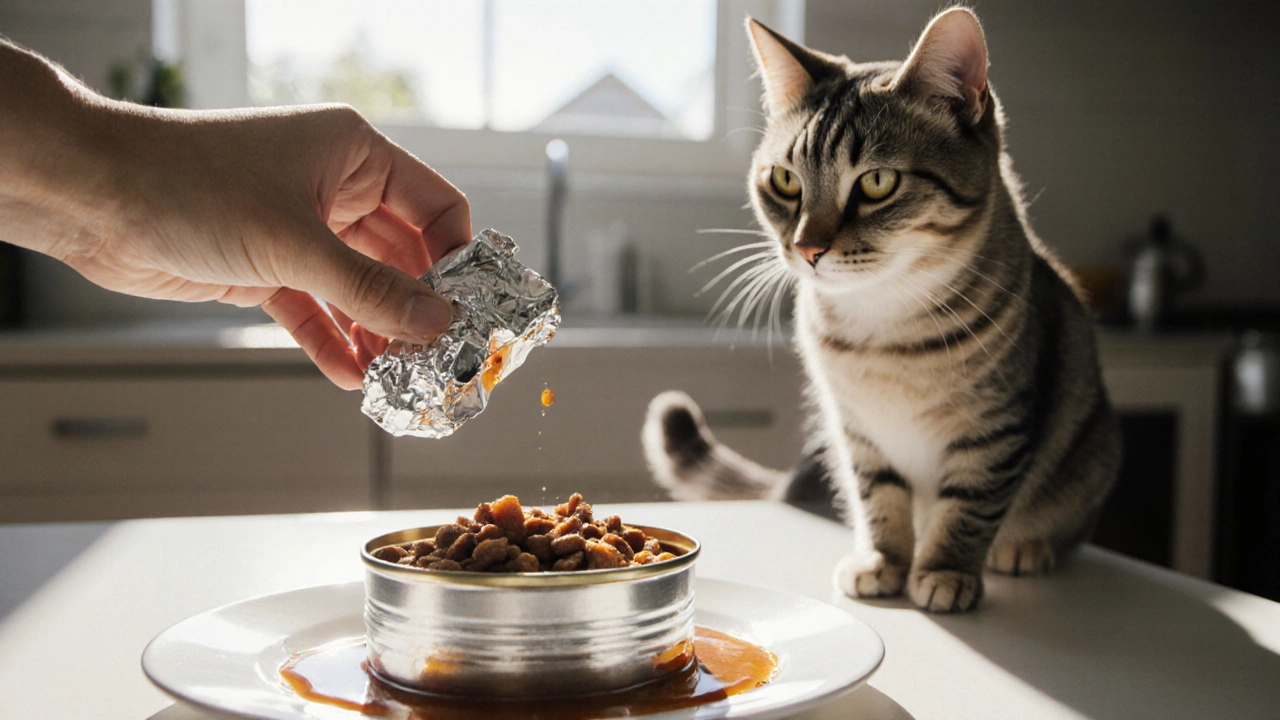Wet Cat Food Spoilage: What Every Cat Owner Should Know
When dealing with wet cat food spoilage, the process where moisture‑rich cat meals develop bacteria, mold, or off‑flavors after their prime. Also called cat food decay, it can turn a tasty treat into a health hazard. You’ll also hear about wet cat food, moist, pâté‑style meals that many felines love for their texture and aroma, and cat food storage, the methods used to keep those meals fresh until you serve them. Understanding these concepts helps you keep cat health, your pet’s overall wellbeing and immune system in top shape.
Why does spoilage matter? The moment bacteria multiply, they produce toxins that can upset your cat’s stomach, cause vomiting, or even lead to more serious infections. Typical signs include a sour smell, slimy texture, or unexpected discoloration. If you notice any of these, discard the food immediately – even if the “best‑by” date hasn’t passed. This link between wet cat food spoilage and cat health is a classic cause‑effect relationship: spoiled food → health issues.
Preventing spoilage starts with proper storage. Keep opened cans or pouches in the refrigerator at 4 °C (40 °F) or lower, and always seal them tightly with a lid or cling film. Label each container with the opening date; most wet foods stay safe for 24‑48 hours once opened. Use airtight containers to block moisture and odors, which can speed up bacterial growth. By mastering cat food storage, you cut the risk of spoilage by more than half.
Feeding practices also play a big role. Scoop out only the amount your cat will eat in one sitting – no leftovers on the floor. If you serve food at room temperature, let it sit for no more than 20 minutes; after that, microbes can multiply quickly. When you’re done, return any remaining portion to the fridge right away. This routine follows the principle: “portion control + prompt refrigeration = less spoilage.”
Common mistakes often stem from myths. Many owners think that a can that looks clean is still good, but visual cues can be misleading – microbes are invisible. Another myth is that freezing extends the life of wet food; freezing can damage texture and doesn’t stop bacterial toxins already present. Instead, stick to the proven steps of refrigerating promptly and discarding after two days.
Quick Spoilage Checklist
- Check the smell: sour or off‑putting aromas mean toss.
- Inspect texture: slime or separation signals decay.
- Look for color changes: brown or green spots are red flags.
- Confirm storage: refrigerated within 1 hour of opening, sealed, and labeled.
- Mind the time: discard after 48 hours, regardless of smell.
Now that you know how spoilage works, what to watch for, and how to store and handle wet cat food safely, you’re ready to dive into the detailed guides below. Below you’ll find articles that walk you through related topics like feeding schedules, cat nutrition comparisons, and tips for keeping every meal fresh for your furry friend.

How Fast Does Wet Cat Food Spoil? Shelf Life, Storage Tips & Safety
Learn how long wet cat food lasts, how to store opened cans, spoilage signs, and safety tips to protect your cat from foodborne illness.
View more